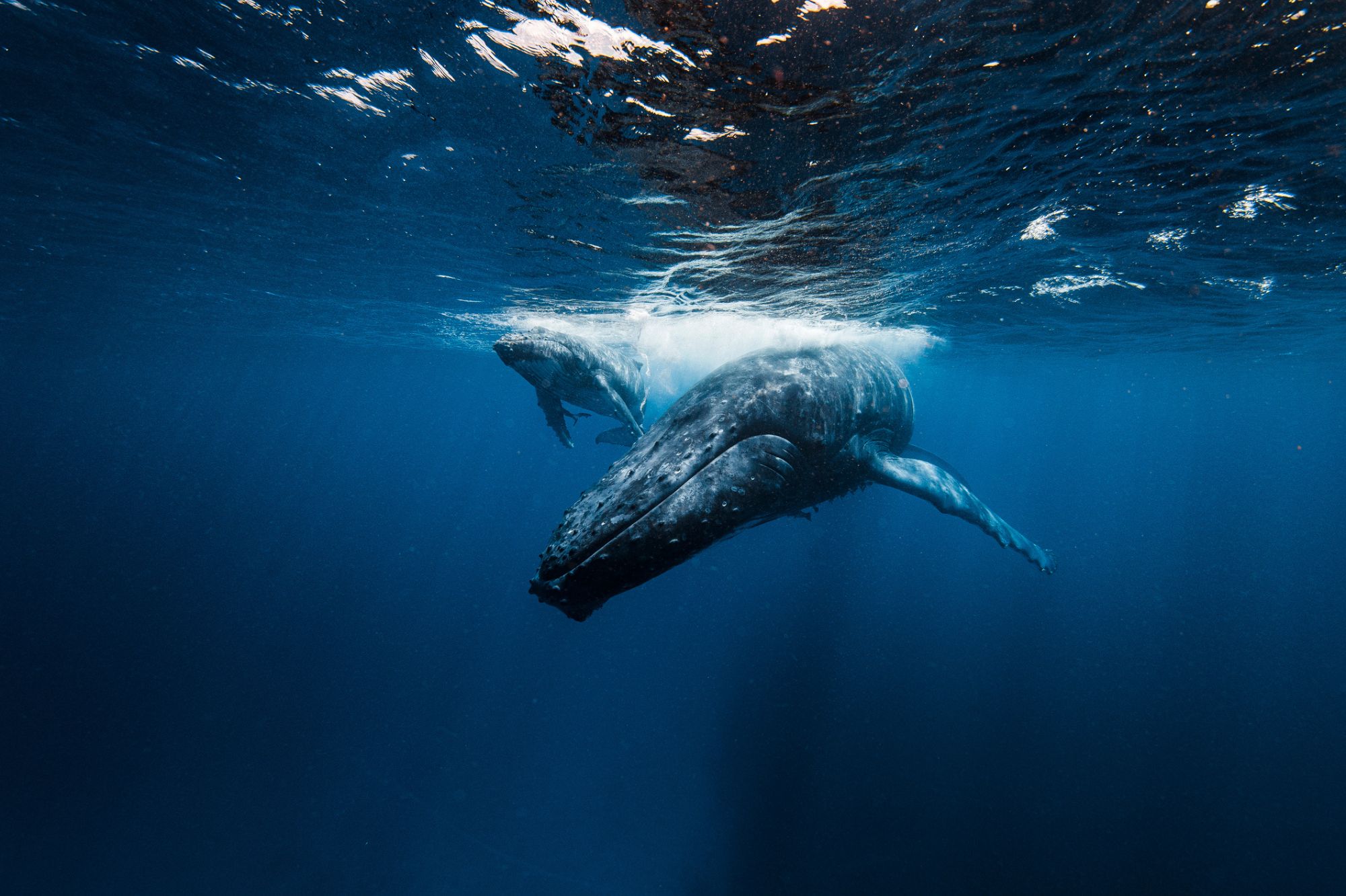Story
PML welcomes agreement on UN High Seas Treaty
6 March 2023

After two decades of negotiations, UN member states agreed the basis for a new High Seas Treaty in New York on Saturday 4 March, aimed at ensuring the conservation and sustainable management of those areas of the ocean beyond national jurisdiction.
The legally-binding High Seas Treaty is designed to:
-
place 30% of the seas into protected areas by 2030, to safeguard and recuperate marine nature
-
support the sharing of marine genetic resources, such as biological material from marine plants and animals which have societal benefits (e.g. for use in pharmaceuticals and food)
-
ensure deep sea activities like mining are adequately and rigorously assessed.
The high seas are those areas which are 200 nautical miles beyond countries’ territorial waters and they comprise more than 60% of the world’s ocean by surface area. Crucially these areas are home to hundreds of thousands of known marine life species (and it is believed there could be millions more) and also play a critical role in regulating the planet’s climate through the absorption of heat and CO2.
Given the multiple pressures being placed on the high seas from climate change, ocean acidification and deoxygenation; plastic, chemical and other forms of pollution; exploitation for oil, gas and minerals, habitat destruction and overfishing, scientists and conservationists have long argued for more stringent controls over how these areas are managed.
The agreement reached by delegates of the Intergovernmental Conference on Marine Biodiversity of Areas Beyond National Jurisdiction, better known by its acronym BBNJ, is the culmination of UN-facilitated talks that began in 2004.
On announcing the agreement had been reached, the U.N. conference president Rena Lee, said, "the ship has reached the shore”.
Stéphane Dujarric, Spokesman for the Secretary-General, said:
“This action is a victory for multilateralism and for global efforts to counter the destructive trends facing ocean health, now and for generations to come. It is crucial for addressing the triple planetary crisis of climate change, biodiversity loss and pollution. It is also vital for achieving ocean-related goals and targets of the 2030 Agenda for Sustainable Development, and the Kunming-Montreal Global Biodiversity Framework.”
Responding to the news that the agreement had been reached, Dr Matt Frost, PML’s Policy Lead (who was interviewed by broadcasters including Al Jazeera and TRT World) said:
"This is a very exciting development. The biologically rich and diverse high seas need to be sustainably managed and it's vital we have the mechanisms in place to share the benefits they offer humankind in a fair and equitable way. There are still important discussions to be had on enforcement and how capacity and resources can be adequately shared but this is a highly significant and long-awaited step in the right direction"
Professor Steve Widdicombe, PML’s Director of Science, added:
“This is indeed fantastic news. That said, pieces of paper, promises and fine words don't save ecosystems on their own. Strong and decisive action in ocean governance is now essential and it’s vital both the letter and the spirit of this agreement are now implemented”.
WATCH: Interview with Matt Frost on TRT World:
United Nations press release: UN delegates reach historic agreement on protecting marine biodiversity in international waters | UN News
Full detail of the treaty available via: Intergovernmental Conference on Marine Biodiversity of Areas Beyond National Jurisdiction | (un.org)
#BBNJ #UN #UnitedNations #OceanTreaty #HighSeasTreaty